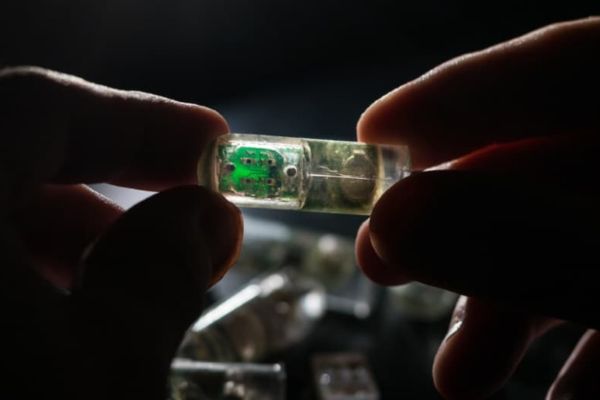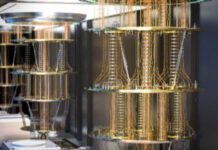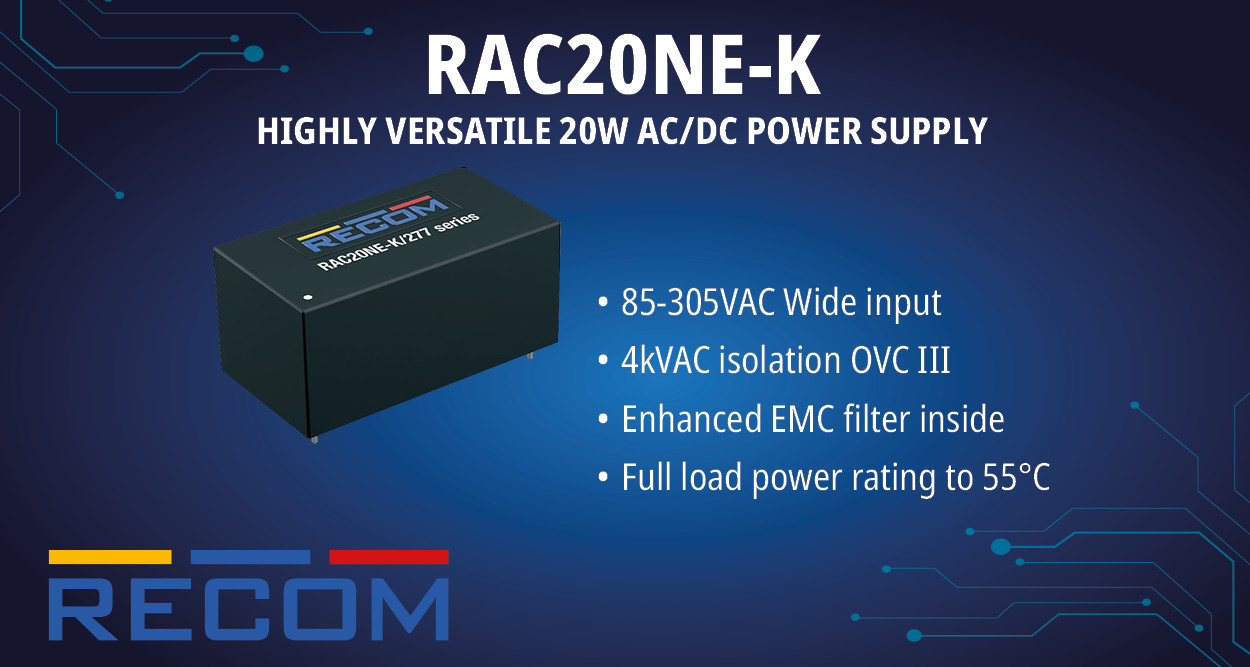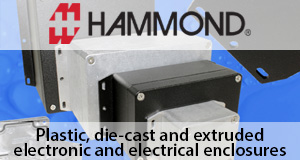In recent years, the rapid evolution of technology has dramatically transformed healthcare. From wearable gadgets to AI-powered diagnostics, innovation has been at the forefront of modern medicine. One of the most promising advancements in this area is the rise of ingestible sensors. These small, often capsule-shaped devices are designed to be swallowed, and once inside the body, they gather critical health data in real-time. The data is then transmitted to medical professionals, allowing for more precise monitoring, earlier diagnoses, and personalized treatments.
By 2032, the ingestible sensors market is expected to grow to a size of over US$ 1,701.2 million. According to estimates, it will increase steadily between 2025 and 2032 at a CAGR of about 8.1%. In 2025, the market was worth US$986.2 million.
Ingestible sensors are quickly becoming a game-changer in several areas of healthcare, from chronic disease management to post-surgical monitoring. But what exactly are ingestible sensors, and how are they being used to enhance healthcare practices? Let’s explore the technology, its current applications, and what it means for the future of medicine.
What Are Ingestible Sensors?
Ingestible sensors are small electronic devices, usually in the form of a pill or capsule, designed to be swallowed by patients. Once ingested, these sensors pass through the digestive tract, collecting and transmitting vital health data to an external device, often a smartphone or a tablet. These sensors can track a variety of physiological functions, including body temperature, medication adherence, gastrointestinal motility, pH levels, and even the presence of specific biomarkers.
The sensors themselves are typically equipped with miniature antennas, sensors, and transmitters. They are often designed to be disposable, eliminating the need for surgical procedures to remove them after they’ve completed their task.
How Ingestible Sensors Work
The technology behind ingestible sensors involves several key components:
- Micro Sensors: These tiny sensors measure specific physiological parameters, such as temperature, pH, or movement within the digestive tract. Some sensors are designed to detect biomarkers associated with certain diseases, offering a way to monitor health conditions from the inside.
- Wireless Communication: After collecting the data, the sensors wirelessly transmit the information to an external device, like a smartphone or tablet. This transmission typically occurs via Bluetooth or near-field communication (NFC), allowing doctors and patients to access the information in real-time.
- Biodegradability: Ingestible sensors are often made from biocompatible and biodegradable materials, which means they break down naturally after completing their task. This minimizes the need for invasive procedures and ensures that patients don’t need to worry about removing the device.
- Power Source: Many ingestible sensors are powered by an internal battery, though some derive power from the body’s own movements or the chemical environment inside the stomach.
Current Uses of Ingestible Sensors in Healthcare
As the technology continues to evolve, ingestible sensors are being incorporated into various aspects of healthcare. Some of the most prominent uses include:
1. Medication Adherence Monitoring
One of the biggest challenges in healthcare today is ensuring that patients take their medications as prescribed. Medication non-adherence is a significant problem, especially for individuals with chronic diseases, such as diabetes, hypertension, or heart disease. It can lead to poor health outcomes, increased hospitalizations, and even premature death.
Ingestible sensors have made a significant impact on this issue. By embedding sensors within pills, manufacturers can track whether a patient has actually ingested their medication. For instance, Proteus Digital Health, a leader in this field, has developed a system that uses an ingestible sensor embedded in medication to send a signal to a wearable patch. This patch then transmits the data to a mobile device, where both patients and doctors can track adherence.
According to Persistence Market Research, the global market for medication adherence technologies is growing rapidly, with ingestible sensors playing an increasingly important role in improving patient compliance, particularly for individuals with cognitive impairments or mental health conditions that affect memory.
2. Chronic Disease Management
Ingestible sensors are also playing a crucial role in managing chronic diseases. For patients suffering from conditions like Crohn’s disease, ulcerative colitis, or other gastrointestinal disorders, constant monitoring is essential to track the disease’s progression and assess treatment efficacy. Traditionally, this has involved a combination of imaging tests, lab work, and patient-reported symptoms, which can be invasive, costly, and not always accurate.
With ingestible sensors, healthcare providers can monitor a patient’s condition in real-time, gathering data directly from within the body. For instance, sensors can track gut motility, temperature fluctuations, and pH levels, all of which can provide valuable insights into the status of gastrointestinal disorders. This data can then be used to tailor treatment plans more effectively.
According to Persistence Market Research, the market for chronic disease monitoring solutions, including ingestible sensors, is expected to experience significant growth in the coming years as more patients seek non-invasive, continuous monitoring tools.
3. Post-Surgical Monitoring
Another exciting application for ingestible sensors is in post-surgical monitoring. After surgery, doctors typically rely on physical check-ups and tests to ensure that patients are healing correctly. However, this method can be somewhat limited in its ability to detect early signs of complications, such as infection, organ rejection, or internal bleeding.
Ingestible sensors provide a non-invasive solution for ongoing post-surgical monitoring. For example, patients who have undergone surgery to implant a device or repair internal injuries may be fitted with ingestible sensors to monitor key physiological parameters, such as temperature and pressure within the body. This continuous monitoring can alert healthcare providers to potential complications much earlier than traditional methods.
4. Detection of Gastrointestinal Disorders
The ability to diagnose gastrointestinal (GI) disorders is another major advantage of ingestible sensors. For patients suffering from unexplained GI symptoms, such as bloating, nausea, or abdominal pain, traditional diagnostic methods like colonoscopies and endoscopies can be uncomfortable, invasive, and costly.
Ingestible sensors, on the other hand, offer a less invasive alternative for diagnosing conditions like IBS (Irritable Bowel Syndrome) or Gastroparesis. Sensors can track the motility of the gut, helping physicians determine if the digestive system is functioning properly or if there are underlying issues causing discomfort. The data gathered can be sent directly to a doctor’s office, reducing the need for multiple visits or invasive tests.
5. Cancer Detection
Researchers are also exploring the potential of ingestible sensors for early cancer detection. Some ingestible sensors are being designed to detect biomarkers associated with cancer, such as changes in pH or the presence of specific enzymes or metabolites. If successful, this could lead to non-invasive, early detection of cancers in the gastrointestinal tract or even elsewhere in the body, providing the possibility of more effective treatments and improved survival rates.
Benefits of Ingestible Sensors
The introduction of ingestible sensors into healthcare offers several key advantages:
- Non-Invasive Monitoring: Unlike traditional medical tests that require invasive procedures or uncomfortable diagnostic tools, ingestible sensors provide a more comfortable and convenient way for patients to monitor their health.
- Real-Time Data: The ability to transmit data in real-time allows healthcare providers to make quicker and more informed decisions, ultimately improving patient outcomes.
- Personalized Care: By continuously collecting data, healthcare providers can tailor treatment plans more effectively to the individual patient, taking into account their unique health conditions and needs.
- Reduced Hospital Visits: For patients with chronic conditions or post-surgical recovery, ingestible sensors can reduce the need for frequent doctor visits, offering a more efficient and less costly way to monitor health.
Challenges and Future Prospects
Despite the promising potential of ingestible sensors, several challenges remain. The technology is still in the early stages of development, and many of the sensors currently on the market are relatively expensive. Moreover, there are concerns about data privacy and security, as the continuous transmission of sensitive health information raises the risk of hacking or misuse.
Additionally, regulatory hurdles must be overcome before ingestible sensors become a standard part of medical practice. The FDA, for example, has approved only a few ingestible sensor products, and their use is still subject to strict guidelines and limitations.
However, Persistence Market Research projects that as technology improves and manufacturing costs decrease, the use of ingestible sensors will become more widespread. The market for these devices is expected to grow substantially in the next few years, further integrating them into mainstream healthcare practices.
Conclusion
Ingestible sensors are revolutionizing the way we monitor health and manage diseases. From ensuring medication adherence to offering a non-invasive alternative for chronic disease management and early cancer detection, these tiny sensors are opening up new frontiers in medical diagnostics. As we continue to embrace this technology, it is clear that ingestible sensors will play an essential role in shaping the future of healthcare, providing both patients and healthcare providers with the tools they need to achieve better outcomes and improve quality of life. With the continued support and development of this technology, the future looks brighter than ever for patients and providers alike.

















